News You Can Use!
‹View Table of Contents
- New Menstrual Health and Hygiene Offering from CDC’s Office of Women’s Health
- New Health Equity Resources from CDC’s Office of Health Equity
- CDC’s Office of Health Equity co-hosted Hispanic Heritage Month Twitter chat
- Community Health Workers: Advancing Equity in Diabetes Care
- Health Matters for Women
- CDC Outreach During Sickle Cell Awareness Month 2023
- Hispanic Heritage Month
- Success Stories of the COVID-19 Health Disparities Grant
- Updated Behavioral Risk Factor Surveillance System (BRFSS)
- Federal Policy to Advance Racial, Ethnic, and Tribal Health Equity Report
- New Healthy People 2030 Infographics: Social Determinants of Health (SDOH) Literature Summaries
- 988 Suicide & Crisis Lifeline Adds American Sign Language Services for Deaf and Hard of Hearing Callers
- Public Health Reports Supplement on Work of Tribal Epidemiology Centers
New Menstrual Health and Hygiene Offering from CDC’s Office of Women’s Health

The Women’s Health Research and Practice Series (WHRAPS), hosted by CDC’s Office of Women’s Health (OWH), focuses on risk factors and conditions that disproportionately affect women and girls across the life course. A new WHRAPS recorded webinar, Menstrual Health & Hygiene – Beginning and Ending in Dignity. Period., is now available! In addition to viewing the video, public health professionals, healthcare providers, and other professionals also have the option of obtaining continuing education units (CEUs).
The webinar explored menstrual health and hygiene (MHH) as a public health concern. Experts from a variety of sectors convened to discuss the social exclusion, stigma, and discrimination some menstruators face and the structural and organizational best practices for menstrual management. Webinar participants enjoyed presentations on diverse topics, dynamic panel discussions, and lively question-and-answer segments.
Expert panelists discussed challenges to menstrual management and strategies to address those challenges. Panelists provided insights on the importance of framing MHH as a public health issue, current research initiatives and gaps, and programs and practices that support menstruators in a variety of settings, from the workplace and schools to emergency responses. Panelists also discussed bleeding disorders, period poverty and associated racial disparities, perimenopause and menopause management, and the role that men play in shaping healthy attitudes toward menstruation.
Attendees gained a wealth of knowledge, considerations, and opportunities for further engagement around MHH as a public health issue, both personally and professionally.
Learn more about MHH, watch the recorded webinar, and find out how to obtain CEUs.
New Health Equity Resources from CDC’s Office of Health Equity

CDC’s Office of Health Equity (OHE) exists to ensure that health equity is embedded in all our public health work. OHE is pleased to provide the Foundations of Health Equity Training Plan. This self-guided, online training plan is designed to facilitate foundational knowledge and skill development on topics related to health equity, health disparities, and structural and social determinants of health. The training plan is a curated list of thirteen health equity trainings that cover six health equity-related domains, including organization policy, infrastructure, communication, community engagement, structural and social determinants of health, and anti-racism. This training plan can benefit individuals who are new to health equity or may want to learn about new concepts and approaches This training plan is just one of the ways OHE works to ensure health equity is “baked in” to all our public health work. In addition to the Foundations of Health Equity Training Plan, OHE is offering trainings to CDC staff on a variety of health equity and diversity, equity, inclusion, accessibility, and belonging (DEIAB) topics. We invite you to take the training plan and partner with us by making health equity a key ingredient in your work!
Access this training plan on the OHE website.
CDC’s Office of Health Equity co-hosted Hispanic Heritage Month Twitter chat

In honor of Hispanic Heritage Month 2023, the U.S. Department of Health and Human Services (HHS) Office of Minority Health, CDC’s Office of Health Equity, and FDA’s Office of Health Equity co-hosted the #HealthyLatinos bilingual Twitter chat on September 19 to discuss approaches healthcare providers can take to address social determinants of health when providing health care to Hispanic or Latino patients with limited English proficiency.
CDC shared new projects that use culturally appropriate methods in communication materials and resources to address health disparities in the Hispanic or Latino community. The chat discussion encouraged patients to ask for language services when needed or reach out to community health workers when accessing health care services.
Make sure to follow our Twitter handle at @CDCHealthEquity to participate in the next chat!
Community Health Workers: Advancing Equity in Diabetes Care

The latest Conversations in Equity blog raises awareness about CDC’s efforts to work alongside community health workers (CHWs) and healthcare providers to address disparities in diabetes care among the Hispanic or Latino community. Research shows that regardless of their geographic or cultural heritage, Hispanic or Latino people are more likely to have type 2 diabetes (17%) than non-Hispanic White people (8%).
Public Health Advisor at CDC, Betsy Rodriguez BSN, MSN, CDCES, FADCES highlights the important role community health workers play in accessing and providing equitable diabetes care.
Read this Conversations in Health Equity blog post on CDC’s website.
Health Matters for Women
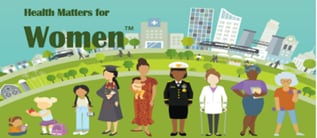
Interested in women’s health issues and research? Sign up to receive Health Matters for Women, a monthly e-newsletter that provides information on what is happening in women’s health around CDC and other agencies. The most recent newsletter can be viewed on CDC’s Office of Women’s Health website.
Subscribe to Health Matters for Women Newsletter to get the latest information on women’s health.
CDC Outreach During Sickle Cell Awareness Month 2023
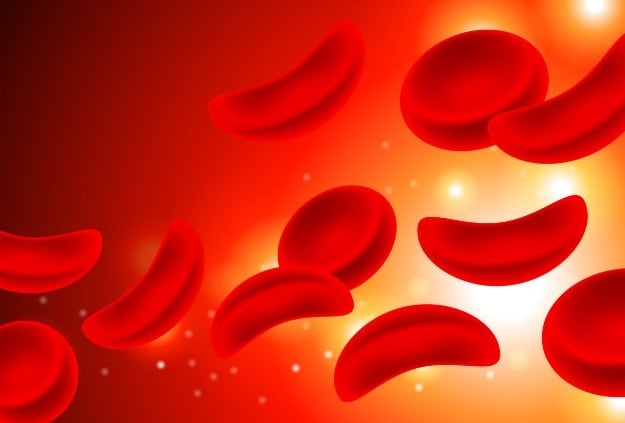
Sickle cell disease (SCD) is a group of inherited disorders that can cause red blood cells to become hard and sticky, blocking blood and oxygen from reaching all parts of the body. This blockage can lead to extreme pain, infections, blood clots, and other life-threatening complications. In observance of Sickle Cell Awareness Month, CDC shared weekly newsletters throughout September to raise awareness about SCD and highlight helpful resources:
- Steps to Better Health for People with SCD toolkit, featuring tips for pain management and care for other common SCD complications
- CDC’s Sickle Cell Data Collection (SCDC) program, which provides data to help guide policy and healthcare standards that improve and extend the lives of people with SCD
- The Stories of Sickle Cell project, highlighting the unique stories and diverse experiences of members of the SCD community, including those living with SCD, caregivers, and healthcare providers
- Fact sheets for people with SCD who are considering pregnancy and for those who are or recently were pregnant
Learn more about SCD by visiting CDC’s SCD website and following on Twitter (@CDC_NCBDDD) for the latest news and updates.
Hispanic Heritage Month
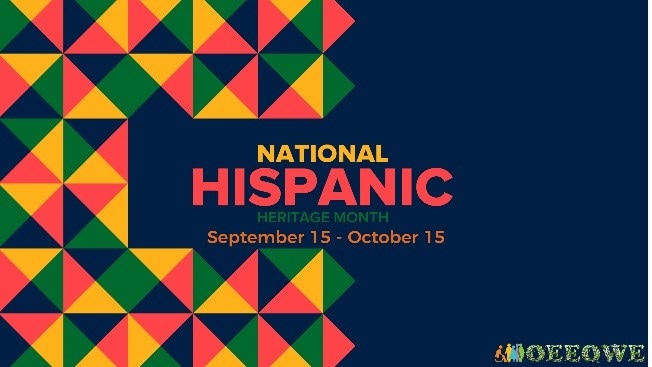
Hispanic Heritage Month is a time to honor the culture, traditions, and contributions of Hispanic communities. It is also an opportunity for us to raise awareness about an important health issue that impacts Hispanic families. In the United States, Hispanic/Latina women have the highest risk of having a child with a neural tube defect (NTD), a birth defect of the brain and spine. This Hispanic Heritage Month, help us promote the power of folic acid to prevent these serious conditions. Women of reproductive age need 400 micrograms (mcg) of folic acid daily. They can meet this recommendation through:
- A vitamin with 400 mcg of folic acid
- Eating enriched grain products like bread and pasta fortified with folic acid
- A combination of vitamin and fortified foods, plus a diet rich in food folate
Getting 400 mcg of folic acid daily before and during early pregnancy can help reduce the risk of NTDs. Yet, 1 in 5 Hispanic/Latina women of reproductive age do not get enough folic acid daily, putting them at higher risk for having a baby with an NTD.
Visit CDC’s Partner Toolkit for sample messaging, graphics, videos, and other resources you can use on your platforms to help spread the word about the health benefits of folic acid for Hispanic families.
Success Stories of the COVID-19 Health Disparities Grant
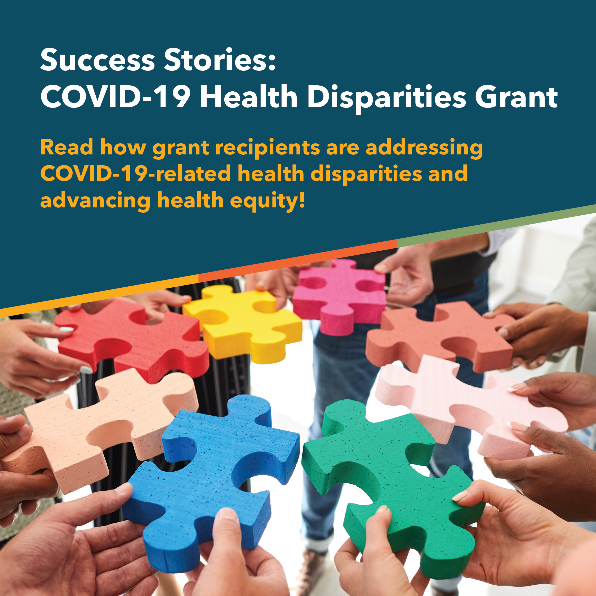
The first success stories from the National Initiative to Address COVID-19 Health Disparities Among Populations at High-Risk and Underserved, Including Racial and Ethnic Minority Populations and Rural Communities grant are live on CDC’s Public Health Infrastructure Center website. Through the stories, recipients are sharing how they are sustainably addressing COVID-19-related health disparities and advancing health equity through programs and activities funded by the grant. Stories collected so far are about how recipients are supporting mental health and suicide prevention, disseminating accurate COVID-19 information and tackling disinformation, and expanding organizational capacity and services. Other stories are in the works!
Read the success stories of the COVID-19 Health Disparities Grant on CDC’s website.
Updated Behavioral Risk Factor Surveillance System (BRFSS)
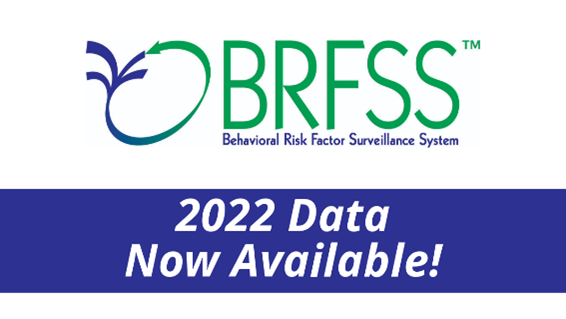
Now available: 2022 Behavioral Risk Factor Surveillance System (BRFSS) data are accessible through CDC’s easy-to-use web-based tool. The data allow users to explore critical and timely public health topics like these:
- Mental and physical health.
- Health and risk behaviors, like diet and exercise, alcohol and tobacco use.
- Chronic health conditions, like cancer, obesity, arthritis, and cardiovascular disease.
- Health-care access.
- Use of preventive services, like HIV testing, mammograms, and vaccination.
The tool allows public health professionals and leaders, decision-makers, researchers, and reporters to understand and act on important health issues in their states, from health risk behaviors and impactful diseases to gaps in healthcare access and services. BRFSS state-specific data—including data on race and ethnicity – can inform public health needs and programs, including those designed to promote health equity. The BRFSS online tool offers various ways to display survey results from more than 445,000 participants across all 50 states, Washington, DC, and participating US territories. BRFSS is the largest continuously conducted telephone health survey system in the world. CDC’s release of high-quality, state-representative data within 8 months of data collection reinforces its commitment to delivering timely data needed for public health action.
For more information, visit the Behavioral Risk Factor Surveillance System tool page.
Federal Policy to Advance Racial, Ethnic, and Tribal Health Equity Report
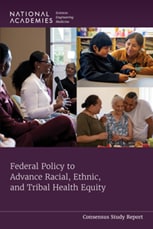
Many health inequities result from unequal access to quality health care, education, employment, and other factors disproportionately affecting racial and ethnic minority populations. A new report commissioned by the U.S. Department of Health and Human Services (HHS) Office of Minority Health from the National Academies of Science, Engineering, and Medicine analyzes how past and current federal policies create, maintain, and/or amplify racial, ethnic, and tribal health inequities. It also identifies key features of policies that have served to reduce inequities and make recommendations to help achieve racial, ethnic, and tribal health equity
Read the full Federal Policy to Advance Racial, Ethnic, and Tribal Health Equity Report to learn more about federal policies that contribute to racial and ethnic health inequities along with potential solutions.
New Healthy People 2030 Infographics: Social Determinants of Health (SDOH) Literature Summaries
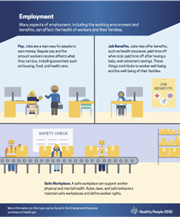
The Social Determinants of Health (SDOH) infographics from Healthy People 2030 provide illustrative examples of how social determinants can influence health outcomes. Each of the five infographics represents one literature summary example from the five domains of SDOH: Economic Stability, Education Access and Quality, Health Care Access, and Quality, Neighborhood and Built Environment, and Social and Community Context.
You can download the infographics to print them or share them with your networks.
988 Suicide & Crisis Lifeline Adds American Sign Language Services for Deaf and Hard of Hearing Callers
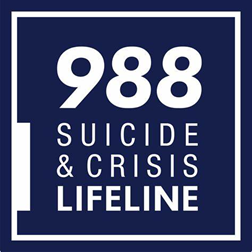
The U.S. Department of Health and Human Services (HHS) announced the 988 Suicide & Crisis Lifeline’s addition of nationwide American Sign Language (ASL) services for people who are deaf and hard of hearing as part of ongoing efforts to expand accessibility to behavioral health care for underserved communities.
To connect directly to a trained 988 Lifeline counselor in ASL, callers who are deaf, hard of hearing, or have hearing loss can click the “ASL Now” button on 988lifeline.org and follow the prompts. Direct dialing to 988 from a videophone will be available in the coming weeks, and in the meantime, ASL callers can call 1-800-273-TALK (8255) from their videophone to reach ASL services.
More information about this service is available on the HHS website.
Public Health Reports Supplement on Work of Tribal Epidemiology Centers
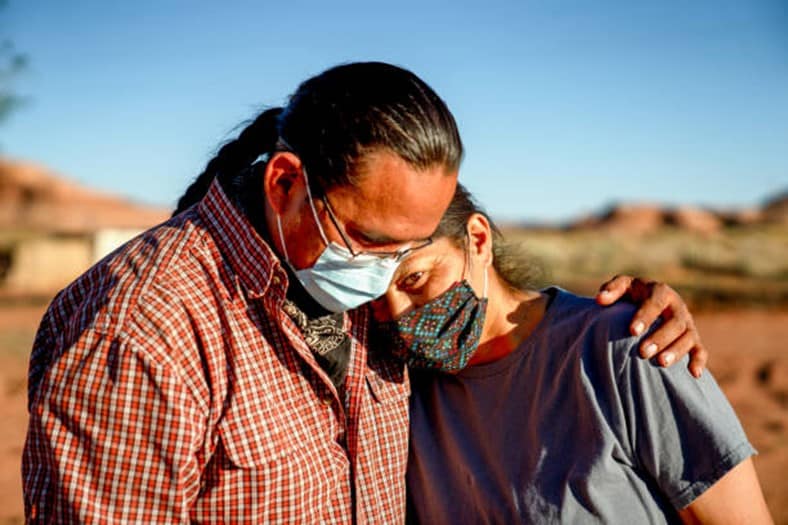
The journal, Public Health Reports, recently published a supplement sponsored by the Tribal Epidemiology Centers titled: Tribal Epidemiology Centers: At the Forefront of American Indian/Alaska Native Public Health.
The articles in this supplement provide examples of the work conducted by Tribal Epidemiology Centers (TECs) to improve the health and wellness of Tribes, Tribal organizations, and urban Indian organizations. TECs aim to raise awareness of data gaps, challenges, and barriers; provide examples of best practices in working with Tribal communities; and describe how current practices at the state and federal level and with other partners do not accurately represent how American Indian/Alaska Native populations have been affected by health disparities.
Examples of papers in the supplement include:
- Community-engaged and community-informed methods to provide a more complete national picture of American Indian/Alaska Native health and focused programs to improve health status.
- Working with partners to assess the accuracy and completeness of national data on race and ethnicity from COVID-19 case surveillance.
- Building Tribal health infrastructure, telemedicine, and surveillance of chronic conditions.
- The importance of culturally adapted methods and intervention approaches.
This full supplement of the journal is available online.